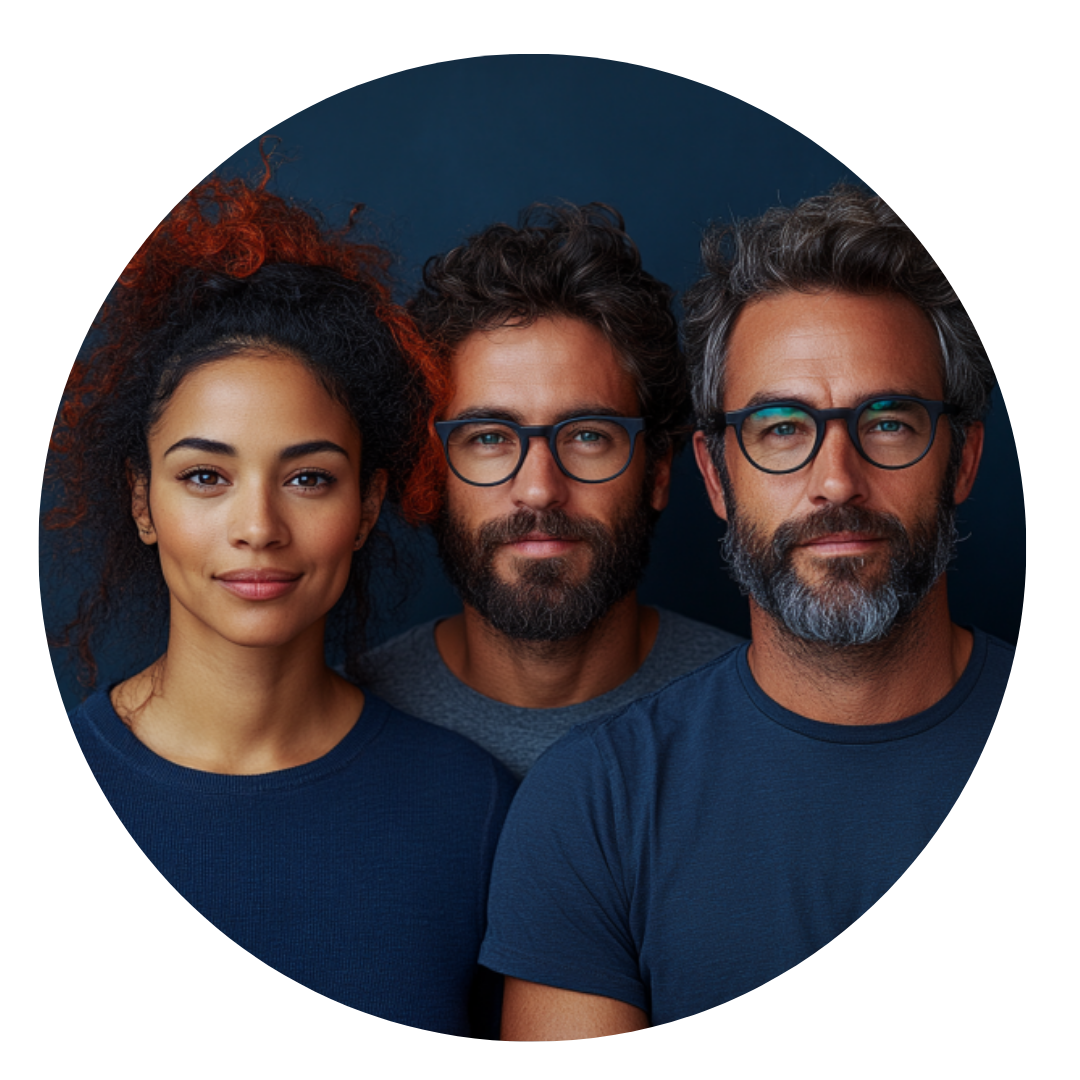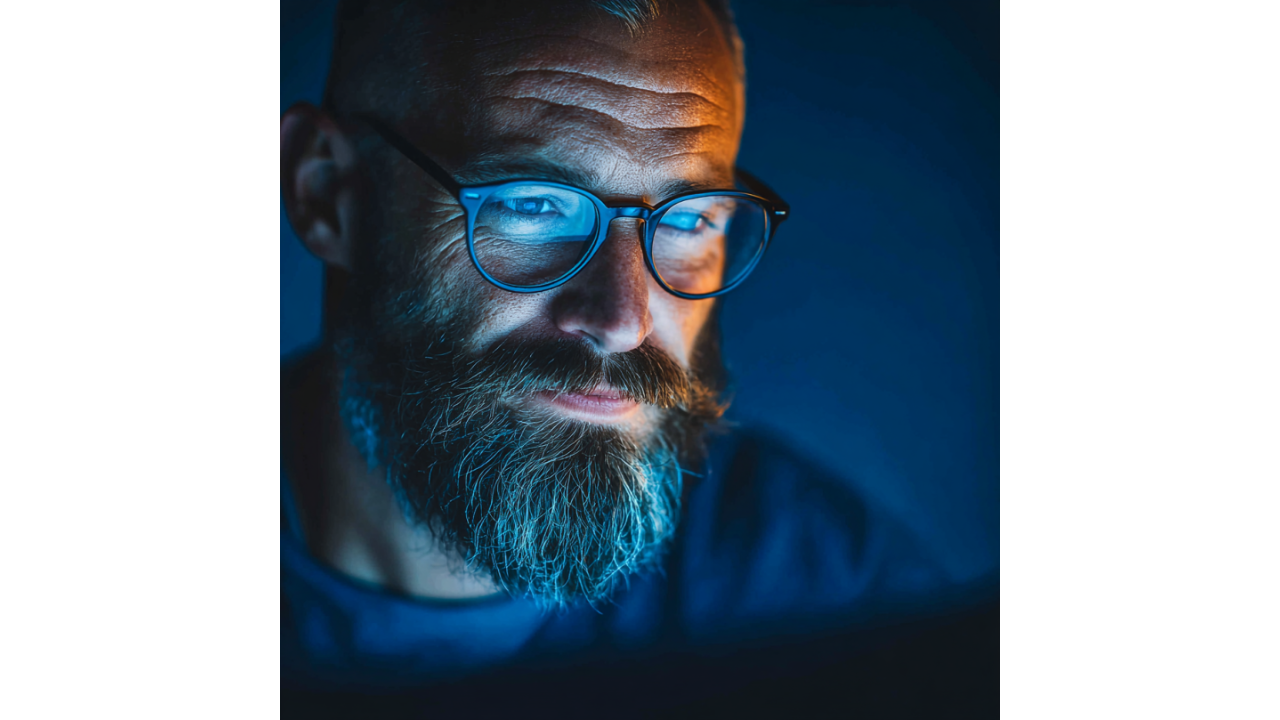Crayo: The Short-Form Video Tool Built by YouTubers
Short-form video isn't optional anymore. It's infrastructure. Brands need dozens of clips weekly to stay visible on TikTok, Instagram, and YouTube...
5 min read
 Writing Team
:
Oct 24, 2025 8:00:00 AM
Writing Team
:
Oct 24, 2025 8:00:00 AM
-2.png)
YouTube officially launched its likeness-detection technology on Tuesday, moving from pilot phase to general rollout for eligible creators in the YouTube Partner Program. The system identifies AI-generated content featuring a creator's face or voice, then allows that creator to request removal under privacy guidelines or copyright claims. Onboarding requires identity verification through photo ID and selfie video. Once approved, creators can view detected videos, submit removal requests, or archive content for monitoring.
@aeyespybywinsome I mean yeah but also... now my image and voice are in their database... but I guess they already were. Idk.
♬ original sound - AEyeSpy
This is measurable progress on a problem that's been escalating visibly. YouTuber Jeff Geerling discovered the company Elecrow using an AI clone of his voice to promote their products without permission. Countless creators have found their likenesses used to endorse scams, spread misinformation, or generate content they never approved. YouTube's detection technology won't stop all misuse, but it provides infrastructure that didn't exist before—and that matters.
Let's examine what this system does well, where its limitations lie, and why imperfect protection still beats no protection at all.
The technology scans uploaded videos for AI-generated content featuring registered creators' faces and voices. When detection occurs, the affected creator receives notification and can choose from three options: request removal under privacy guidelines, submit a copyright claim, or archive the video for monitoring without immediate action.
The onboarding process requires legitimate identity verification—not just claiming to be someone, but proving it through government-issued ID and video selfie. This prevents bad actors from registering as creators they're impersonating and using the system to remove legitimate content or criticism.
Creators who opt in remain in the detection system continuously. Those who opt out trigger a 24-hour delay before scanning stops, presumably to prevent rapid toggling that could exploit timing windows.
YouTube's partnership with Creative Artists Agency, announced last year, extends protection beyond typical content creators to celebrities, athletes, and public figures who don't actively post on the platform but whose likenesses get misused there. This matters because deepfake abuse doesn't respect whether someone has a YouTube channel—it targets anyone whose face or voice carries commercial or reputational value.
Before this system, creators discovering AI-generated content using their likeness had limited recourse. They could file manual takedown requests through YouTube's existing copyright or privacy complaint systems, but those processes weren't designed for AI-generated content and often struggled to distinguish between parody, criticism, and actual impersonation.
According to research from Stanford's Internet Observatory published in June 2025, manual content moderation for deepfake detection showed accuracy rates of only 43% when moderators spent less than two minutes per video—the typical review duration for high-volume platforms. Automated detection systems trained specifically for AI-generated content achieve 78-82% accuracy rates, depending on the generation model.
That's still imperfect, but it's substantially better than human moderators making split-second judgments on content they may not have context for. YouTube's system provides both scale and specificity that manual processes can't match.
The three-option response framework (removal, copyright claim, archive) demonstrates thoughtful design. Not every detected video requires immediate takedown. Sometimes creators want to monitor usage without triggering removal—perhaps for content that's technically unauthorized but not harmful, or for tracking patterns before deciding on action. Providing archive options respects that nuance.
YouTube's onboarding process isn't frictionless. Photo ID plus selfie video creates genuine barriers to entry—exactly as intended. This prevents abuse vectors where malicious actors could claim to represent creators they're impersonating, then use the detection system to remove legitimate content, criticism, or competition.
The tradeoff is that legitimate creators face meaningful friction before accessing protection. For creators who've been actively impersonated, that friction is worthwhile. For creators who haven't experienced misuse yet, it might delay adoption until abuse occurs—by which point the detection system is reactive rather than preventative.
But the alternative—allowing likeness registration without identity verification—would create immediate exploitation opportunities. Bad actors would register as popular creators, flag legitimate content as "unauthorized use of my likeness," and weaponize the system for censorship or competitive advantage.
YouTube made the right tradeoff here. Protection systems with authentication barriers are better than protection systems with exploitation vulnerabilities.
Let's be direct about limitations:
Detection isn't instantaneous. Videos must be uploaded, processed, and scanned before creators receive notification. During that window—potentially hours or days—the content reaches viewers and causes potential harm.
Removal doesn't erase distribution. By the time a video gets taken down, it may have been downloaded, re-uploaded to other platforms, or screen-recorded for redistribution. YouTube can control its own platform, but AI-generated content spreads across the internet.
The system only protects Partner Program creators. If you're not in YouTube's monetization program—perhaps because you're new, don't post frequently, or don't meet subscriber thresholds—you don't have access to likeness detection. Your face can still be deepfaked; you just lack the tools to address it at scale.
Voice cloning is harder to detect than faces. Facial recognition has matured over decades. Voice authentication and deepfake detection remain less reliable, particularly as voice cloning models improve. According to research from MIT's Computer Science and Artificial Intelligence Laboratory published in August 2025, voice deepfake detection systems showed 15-20% higher false negative rates compared to facial deepfake detection when tested against state-of-the-art generation models.
Global enforcement is complicated. YouTube operates internationally, but likeness rights vary significantly across jurisdictions. What constitutes unauthorized use in one country may be protected speech or parody in another. YouTube's removal process must navigate these variations, which means consistent global protection is difficult.
YouTube's backing of the NO FAKES Act—federal legislation addressing AI-generated replicas that imitate voices or images—provides important context. The company isn't just building detection technology; they're supporting legal frameworks that would establish clearer liability and enforcement mechanisms.
Current U.S. law offers limited protection against AI impersonation. Some states have right-of-publicity statutes, but they vary widely and weren't written with AI-generated content in mind. The NO FAKES Act would create federal standards for unauthorized digital replicas, making legal recourse more accessible and consistent.
YouTube's detection technology works better when complemented by clear legal frameworks. Technology can identify misuse and enable removal from specific platforms. Law determines whether that misuse constitutes actionable harm and what remedies victims can pursue beyond platform-specific takedowns.
Could this system be better? Absolutely. Faster detection, broader eligibility, more sophisticated voice analysis, automated takedowns without manual review—all would improve effectiveness. But we shouldn't let "not perfect" prevent us from acknowledging "substantially better than nothing."
Before this system, creators discovering AI-generated content featuring their likeness faced manual complaint processes designed for copyright claims, not identity theft. Response times were slow, detection was sporadic, and removal criteria were unclear.
Now there's dedicated infrastructure built specifically for AI-generated likeness detection, with clear workflows, identity verification, and response options tailored to the actual problem. That's progress.
The rollout to YouTube Partner Program creators first makes strategic sense: these are users with verified identities, established channels, and the highest likelihood of being impersonation targets. Expanding access to all users would be better, but starting with the most vulnerable population is defensible prioritization.
YouTube indicates this is "the first wave" of rollout, suggesting broader access coming later. If the system works as intended—high detection accuracy, low false positives, manageable creator workload—extending it beyond Partner Program members becomes viable.
The real test will be detection quality over time as AI generation models improve. Today's detection systems may achieve 78-82% accuracy against current deepfake technology. Six months from now, when generation models have advanced, will those accuracy rates hold?
This becomes an arms race: detection technology versus generation technology, with creators' reputations caught in the middle. YouTube's advantage is scale and resources—they can invest continuously in detection improvements. But they're competing against distributed development of generation models that anyone can access and improve.
YouTube's likeness-detection technology is a genuine step forward that acknowledges a real problem and provides infrastructure to address it. The system isn't perfect. It won't catch everything. It won't stop all abuse. But it's substantially better than what existed before, and it demonstrates that platforms can build protective infrastructure when they prioritize it.
We should acknowledge progress without pretending the problem is solved. Deepfake technology will continue improving. Detection will need continuous investment. Legal frameworks must evolve alongside technical capabilities. And creators will still face the reality that once AI-generated content depicting them reaches the internet, perfect removal is impossible.
But giving creators tools to identify misuse, request removal, and monitor ongoing abuse represents meaningful progress. Not sufficient, but necessary. And right now, we need every necessary step we can get.
If your brand is navigating influencer partnerships, celebrity endorsements, or public figure associations in an era of AI-generated content, Winsome Marketing's team can help you establish verification protocols and risk mitigation strategies that protect both your reputation and your partners. Let's talk.

Short-form video isn't optional anymore. It's infrastructure. Brands need dozens of clips weekly to stay visible on TikTok, Instagram, and YouTube...

Senators Josh Hawley (R-MO) and Richard Blumenthal (D-CT) just introduced the GUARD Act, legislation that would ban everyone under 18 from accessing...
-4.png)
About time. YouTube's decision to clarify their monetization policies against "inauthentic" AI-generated content starting July 15th isn't just...